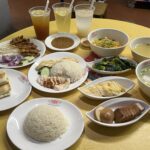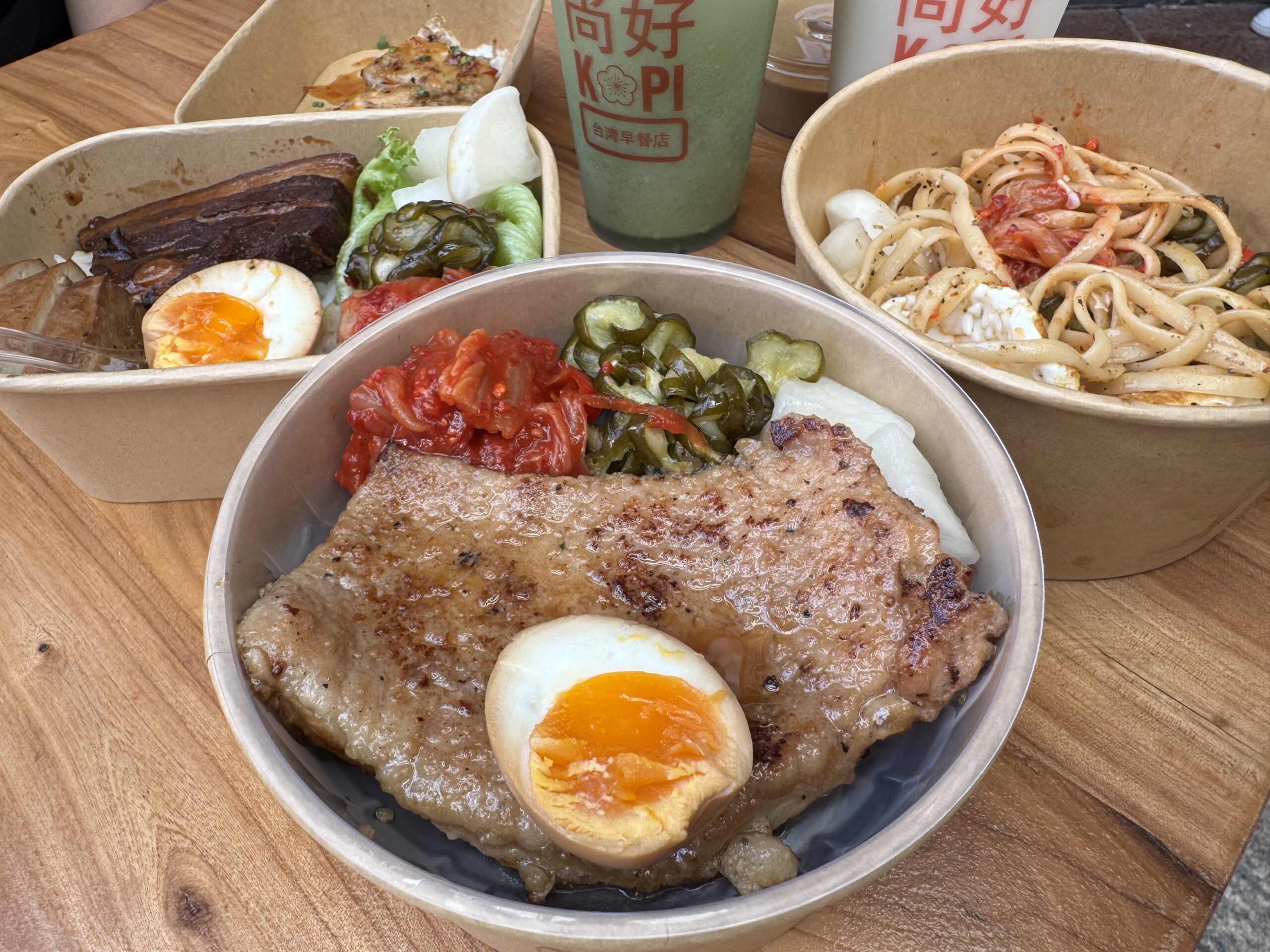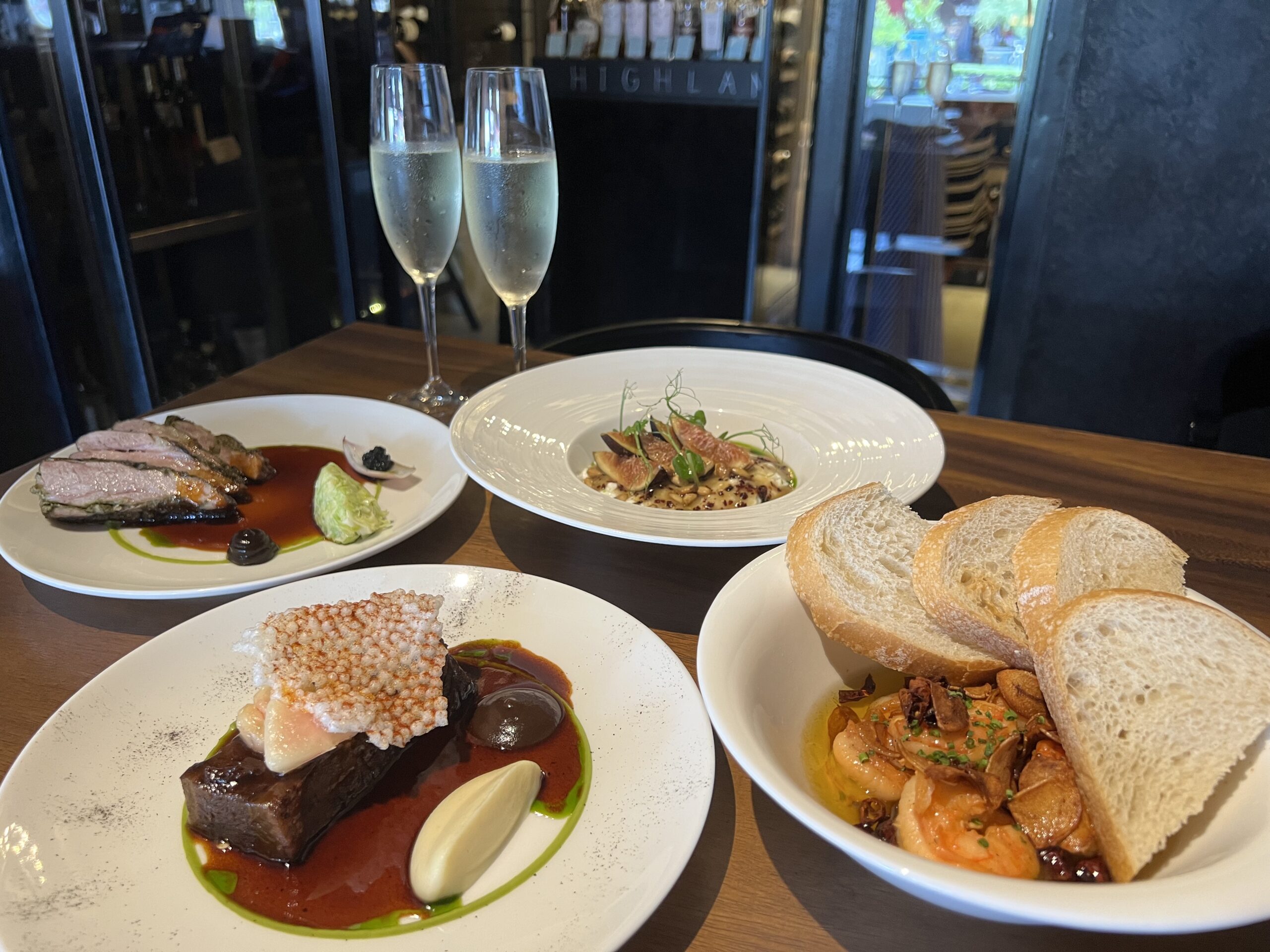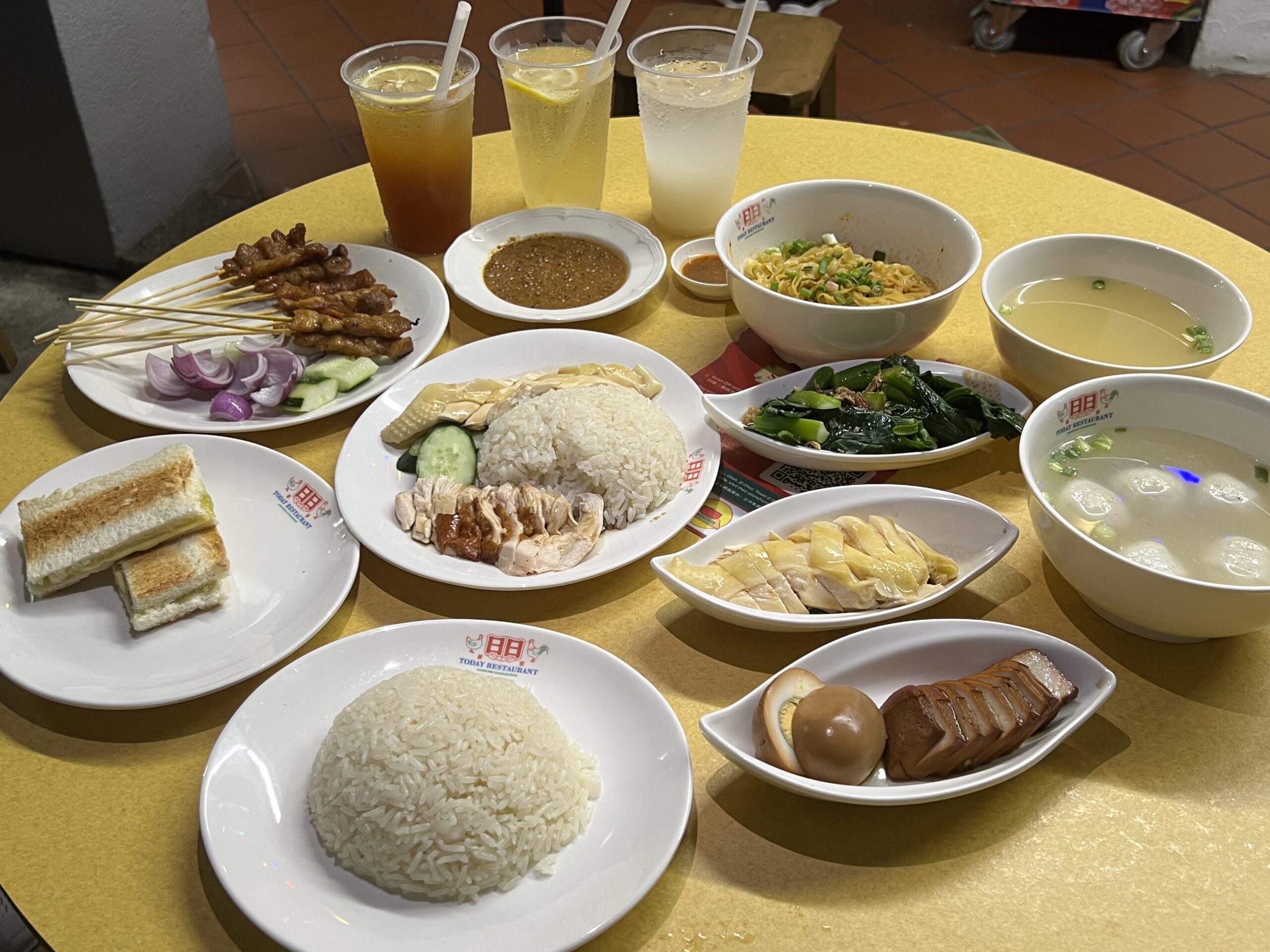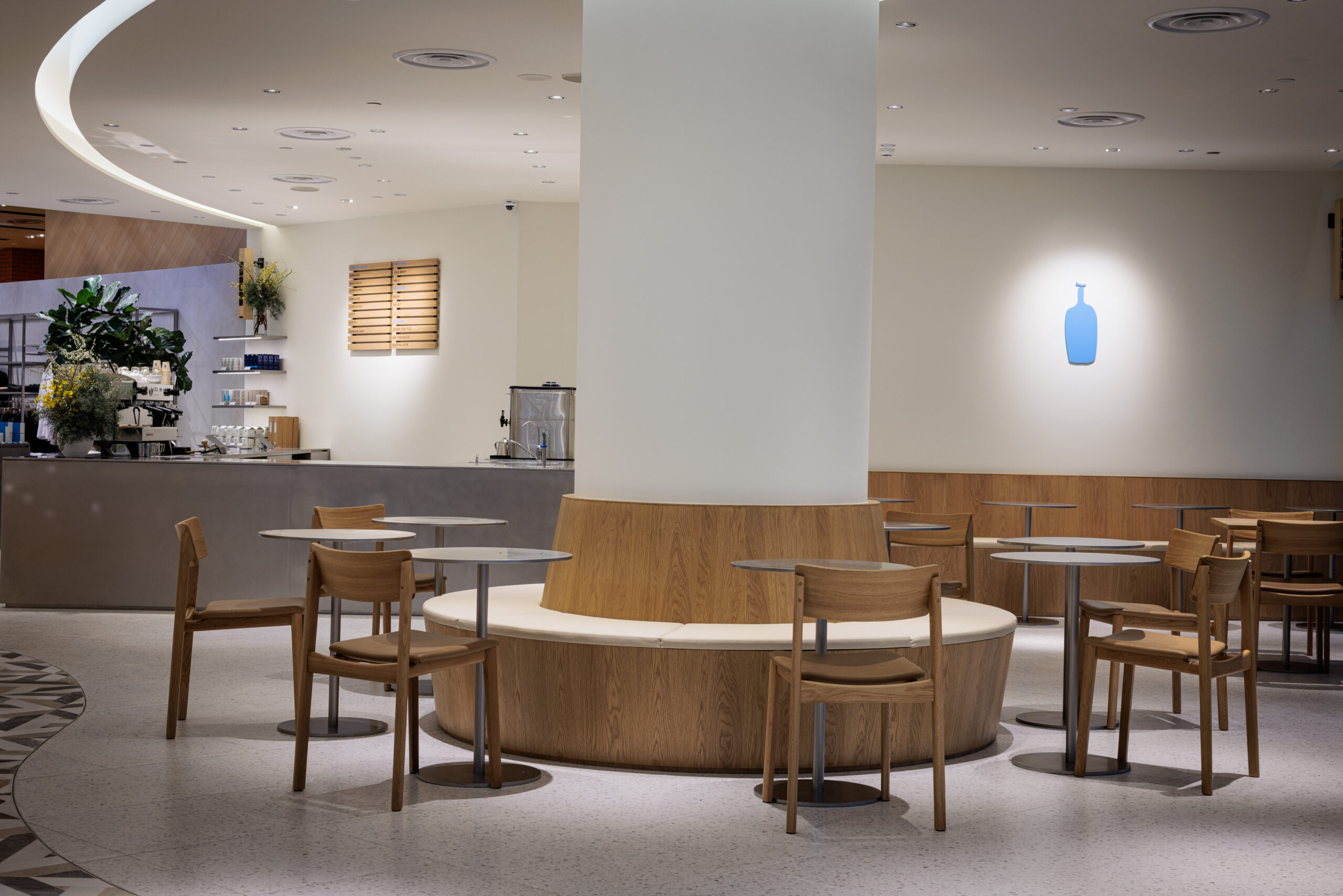My schedule is quite packed lately and I haven’t really got the time to sit down, reflect and consolidate all my thoughts in a blog post. Thankfully, this weekend I got some time for myself to be creative and write. (You can see how tired I look in the photo above.)
A Simple Hen’s Party
The wedding is happening in a few weeks’ time and my besties held a simple Hen’s Night to celebrate my big day. To be really honest, I wasn’t very into the idea about Hen’s party because it usually involves drinking. In addition, I hate to trouble my friends so I told them that I don’t need a Hen’s party. Friends being friends, they insisted to have a small celebration for me. And with that, I just can’t bring myself to say no to my loyal friends who stood by me through thick and thin.
Singapore Traditional Snacks Cooking Class via Klook
It started off with a dinner at a cafe followed by this traditional local snack making workshop held within a HDB flat in the heartlands. We booked this cooking workshop through Klook and you can find out more about it here if you’re interested.
Upon reaching the HDB block, a representation from Klook came to bring us up to the HDB unit. We were welcomed by two ladies who were our instructors for the day.
The workshop lasted for about 1.5 hours and we got to learn how to make three local delights: Kaya spread, Kueh Lapis and Ondeh-ondeh.
We each have a cooking station to ourselves where we can place our belongings. All the ingredients are provided for and we could even bring home some of the snacks we made at the end of the workshop.
Making Kaya Jam
Kaya is a traditional coconut jam which is made of coconut milk, eggs, sugar and pandan essence. It’s often spread on toasts with some butter and served along with half-boiled eggs and coffee in Singapore. This so-called Kaya Toast set is our traditional breakfast and you can find it easily in any coffeeshops and hawker centres.
It’s a simple recipe but it requires a lot of time and effort to make it. After mixing all the ingredients together, we had to place the mixture under a water bath and keep stirring it as it cooks slowly under low heat. It takes probably about 45 minutes to an hour for the kaya to be ready. Thankfully, there’s a cooking assistant there to help us stir the kaya mixture while we work on the next two snacks.
Kueh Lapis
Before moving on to the next dish, our instructor would give a short explanation and history of each snack. And this next snack is called Kueh Lapis, a steamed colourful layered rice flour cake which is usually eaten as a dessert here in Singapore.
This multi-layered snack usually has nine layers but due to time constraints, we only made a 3-layer kueh. That is because we have to steam each layer for about 5 to 10 minutes and this step takes time.
I enjoy making Kueh Lapis as we get to be creative with the colours for each layer of kueh. We used artificial colourings but you can also use natural colourings like blue pea flower extracts.
Like Kaya, the process is easy but time-consuming. We have to literally steam the Kueh Lapis for 3 times for each layer to set properly on top of one another. If we are going for 9 layers, we have to steam the kueh for 9 times!
After a few times, the layer is cooked. But we still have to let it cool before we add the next layer. The challenging part is probably to achieve a smooth consistency of the Kueh Lapis mixture. There should not be bubbles in the mixture if not it will turn out like the one shown in the photo below.
Ondeh-Ondeh
The last snack we made was Ondeh-ondeh. Out of the three traditional snacks, this is the easiest snack to prepare and cook. It took us less than 30 minutes to make the dough, stuff in the sweet fillings and boil it.
This traditional coconut flakes-coated green rice balls is soft and chewy. And the moment you bite into it, the liquid gula Melaka explodes into your mouth. It’s simple a delightful dessert to have after a meal!
But it tends to be very sweet if you bought those ready-made ones from traditional snack food stalls. But if you make them on your own, you will be able to control the sugar level and make it less sweet.
Our Final Product
After everything is cooked, we get to plate them on colourful plates like the ones shown below. We just have to focus on making it look stunning and leave the dishes aside for them to clear later. (Thankfully, we don’t have to wash and clean the dishes!)
Even the Kaya was ready by the time the Ondeh-ondeh and Kueh Lapis were ready. Everything was timed very precisely and we ended class on the dot.
My Kueh-kueh platter
The Kueh Lapis turns out to be really soft and chewy. Everything is palatable and contains the right amount of sugar level. I just wish that they provided us with more natural pandan juice so that the Kueh Lapis and Kaya would taste more fragrant.
After class, we packed our snacks and took them home. It was good bonding activity and great for beginners or those who are new to cooking. Kids can join too! The instructors were friendly and very helpful.
Now that we can’t travel out of Singapore, this cooking workshop is a refreshing respite from our mundane urban city life. And I’m just super thankful for my friends who took the time to take me out for a cooking class!

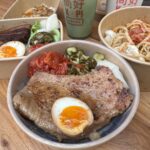
![[Review] The Winery Gourmet: A Romantic European Medieval Restaurant with a wine cellar](https://deeniseglitz.com/wp-content/uploads/2025/04/IMG_6050-150x150.jpeg)

